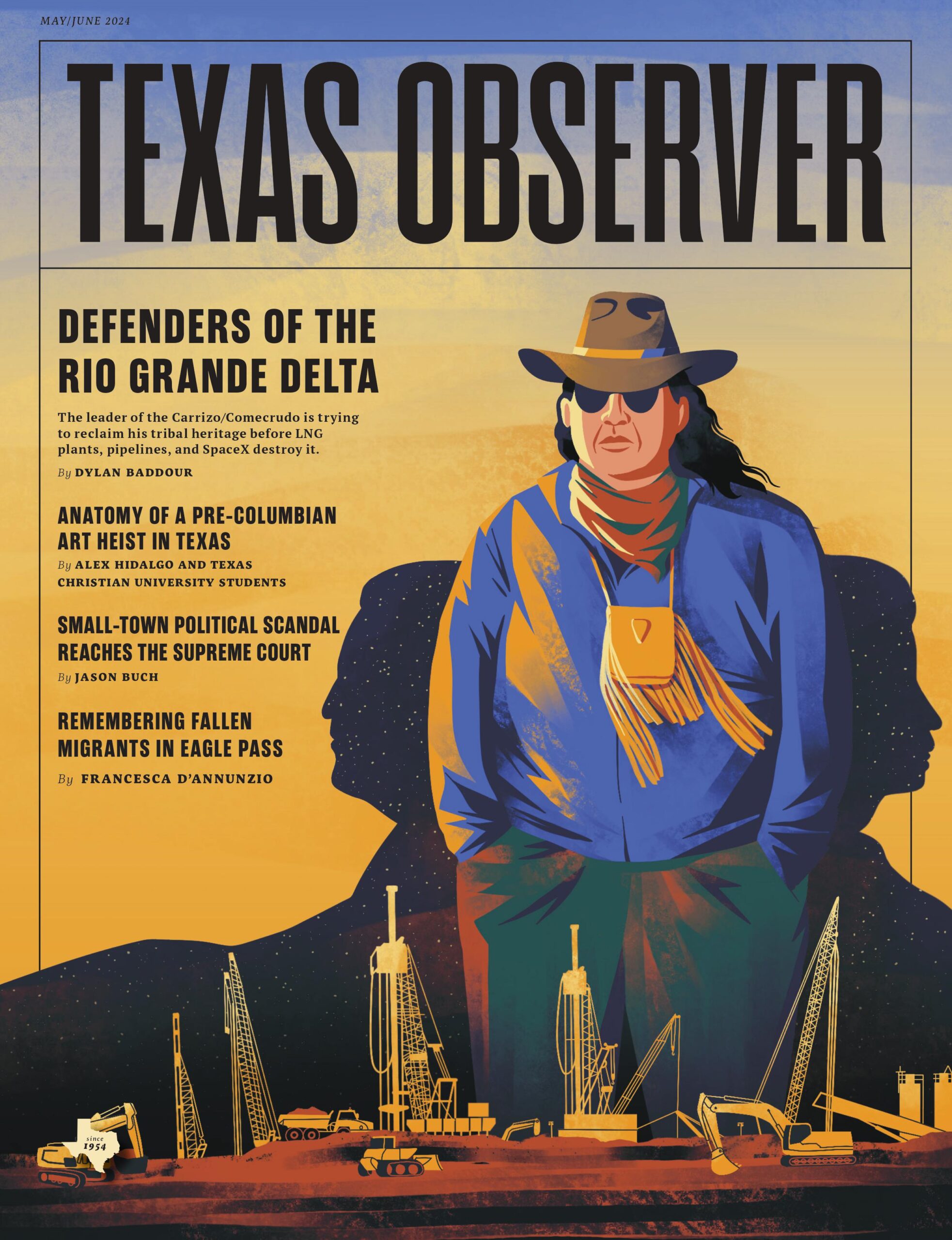ustxtxb_obs_2000_03_31_50_00033-00000_000.pdf
Page 19
A In The Hill, with the Greater New Hope Church Kristina Rumans BOOKS & THE CULTURE Landmark Decisions Looking for History Among the Ruins BY CHAR MILLER HISTORY IN URBAN PLACES: The Historic Districts of the United States. By David Hamer. Ohio State University Press. 277 pages. $19.95. he City of Arlington has obliter ated much of its past. There is nary a trace of the indigenous peoples who once roamed the Cross Timbers portion of the southern plains, or of the cattle industry that more briefly flourished on the rolling, postoak terrain. The lack of substantial physical evidence of their presence, given the nature of their mobility, is not as striking as the disappearance of the African-American slave communities, whose back-breaking labor was essential to the region’s antebellum plantation economy. An equal opportunity obliterator, Arlington has left little sign of the post-Civil War truck farms that once fed the growing populations of Fort Worth and Dallas. Even vestiges of the world the railroad powered into being in the late 1870s largely have been buried beneath the concrete forms of the late twentieth century New Town, and its thick, suburban subdivisional grid. It is oddly fitting that the local stadium where the Texas Rangers play makes no reference to the community’s many-layered history: generically named, urban/industrial grit that Arlington never experienced. Unaware of its deep roots, the city is at once anywhere and nowhere. That makes it a tough town for preservationists. Just how tough has emerged over the past couple of years, during which a series of nominations were submitted by the city and citizen groups to the State Board of Review of the Texas Historical Commission. Charged with vetting all Texas nominations seeking inclusion on the National Registry for Historical. Places, and compelled to evaluate them on the basis of their compliance with a variety of architectural and historic standards set by the U.S. De partment of the Interior, the Board has a formidable job when analyzing well-written and fully documented nominations. Its work is made immensely more complex when faced with spotty documentation that reveals more of what has vanished from a neighborhood than what remains. In Arlington, alas, that covers a lot of ground. Consider the mid-1999 request to expand a nomination for the North Arlington Residential Historical District that had been approved that March. The petition for an extension of the original boundaries was designed to integrate “The Hill,” a historically African-American neighborhood that lay immediately to the west of the soon-tobe district. Through its social history, The Hill had been bound to the larger city’s life and economy. Spatially, too, it “continues and completes the history of Arlington’s first residential developments north of the original townsite.” So noted Frances Rickard, Director of History Programs Division of the Historical Commission, in a memo to the Board in advance of its deliberations. “Lot sizes and the generally rectilinear grid established by the 1876 Original Town plan continues throughout the neighborhood,” a pattern reinforced through a reported consistency in housing stock. Would that this had been true. Like so many other urban minority communities, The Hill was torn apart in the post-World War Two era. The physical landscape, and many of its constituent businesses and social institutions, was flattened, in anticipation of a progress that never arrived. Federally funded urban renewal projects had built up, and benefited, the city’s commerexpense of those with fewer resources and darker skin. Fift3\( years of calculated neglect turned a once-vibrant neighborhood into a bulldozed no-man’s-land filled with empty lots and parking venues; what stands out on a contemporary map of The Hill is its open space. A deconstructed environment is hardly a solid foundation on which to make a claim for National Registry status, though other battered communities have produced acceptable nominations through a rich narration of communal experience, often focused on individual buildings that have THE TEXAS OBSERVER 33 MARCH 31, 2000


